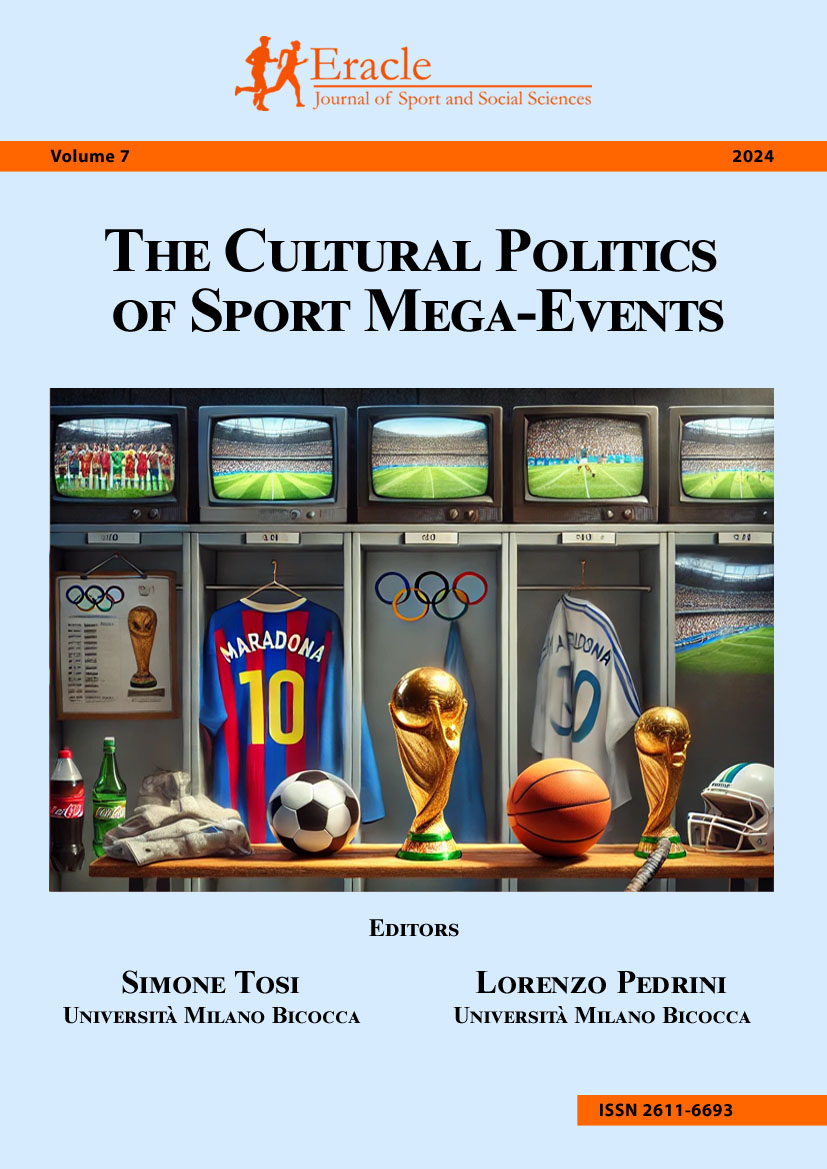Cuerpos en las pantallas: Vencedores y derrotados en documentales olìmpicos
Abstract
One of the elective affinities of modern history are the births of the Olympics and cinema, both in 1896. The confluence between a phenomenon and another occurs in several situations, like in the documentaries. The most famous is Leni Riefenstahl’s Olympia (1938-1939), about Berlin 1936, in that bodies are athletic, happy, without suffering. But others, like the Olympics of Tokyo (1965), have another tone. Kon Ichikawa’s Ouvre shows the bodies in different situations. Obviously, the victors appear, but also defeated, athletes that arrive in the last places, exhausted, without brightness or glory. The film also deals, with very refined montage, of other “invisible” characters, such as the officials of the modalities. This paper investigates these forms of cinematographic representation (which are disputes for what sport can be).



